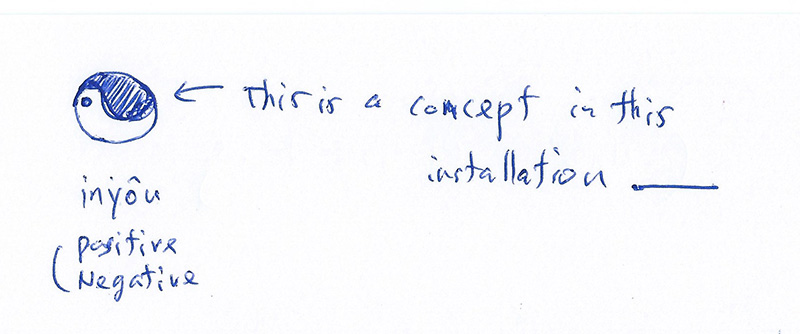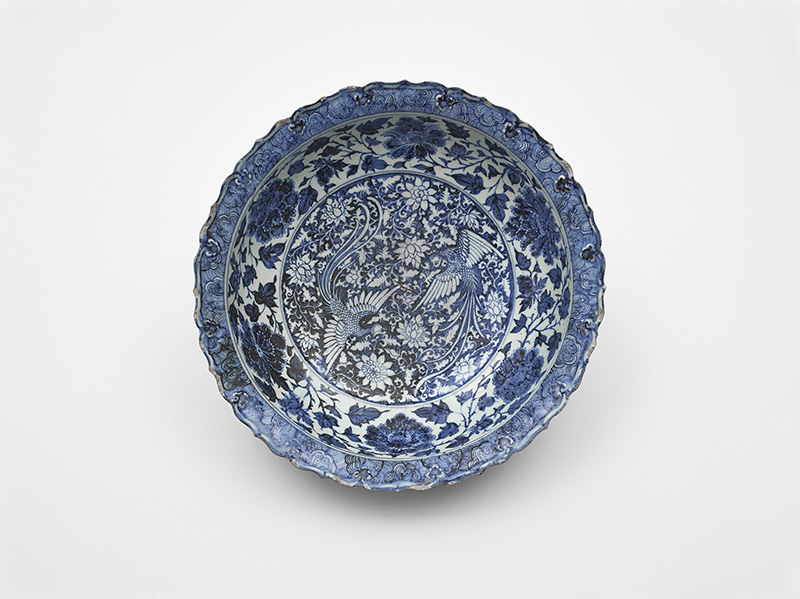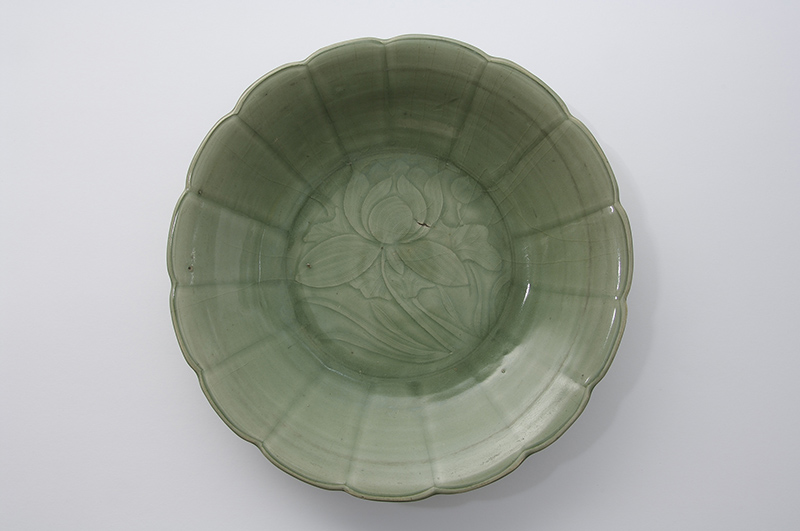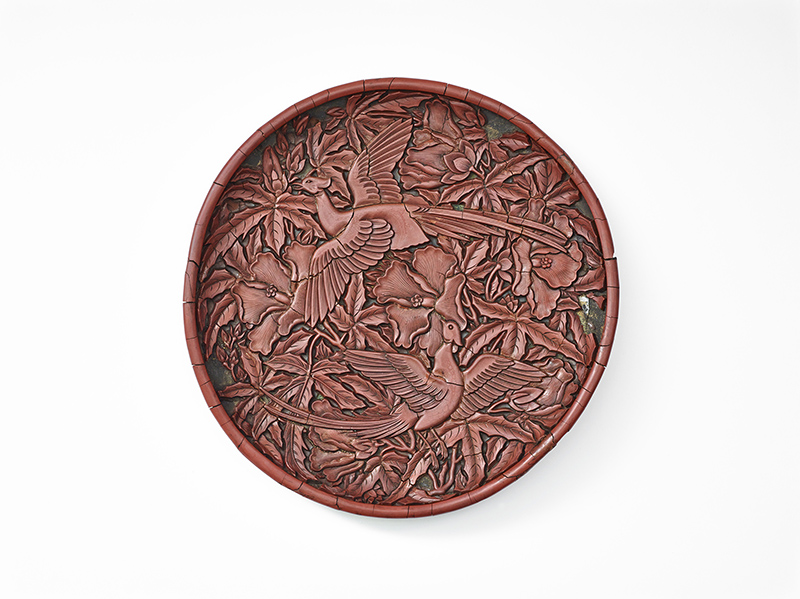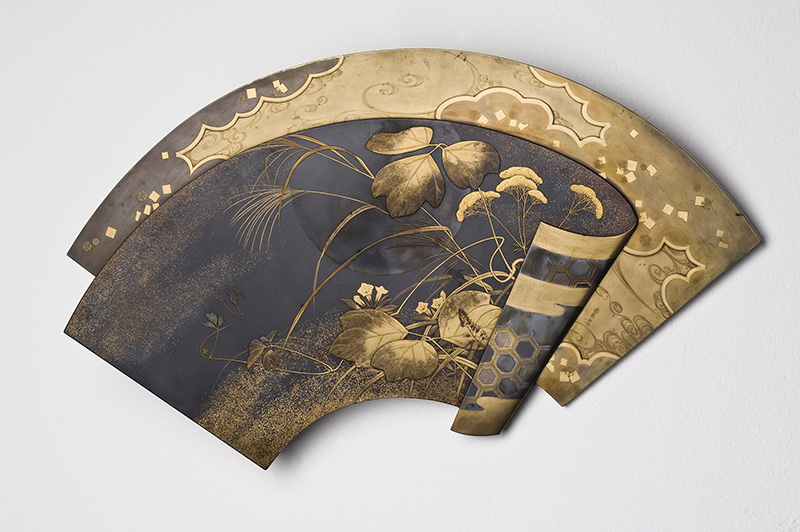ART-PRESENTATION: Tadashi Kawamata
 Tadashi Kawamata is an artist who transforms our environment, he works in the midst of demolition and construction. These projects have taken place all over the world and range from intimate transformations of a single house or apartment to the whole scale reconfiguration of towns. Kawamata’s aim is to turn these environments inside out, and present the viewers with a completely fresh view of their surroundings. These projects make us question our environment, the way it is constructed and how we interact with it.
Tadashi Kawamata is an artist who transforms our environment, he works in the midst of demolition and construction. These projects have taken place all over the world and range from intimate transformations of a single house or apartment to the whole scale reconfiguration of towns. Kawamata’s aim is to turn these environments inside out, and present the viewers with a completely fresh view of their surroundings. These projects make us question our environment, the way it is constructed and how we interact with it.
By Efi Michalarou
Photo: MAK Archive
In February 2014 the MAK Permanent Collection Asia was opened with a design concept jointly developed with Tadashi Kawamata. From the outset it was envisaged that Kawamata’s modular constructed room composition from 2014 would be redesigned after roughly two years. In line with a revised spatial concept by Kawamata, the position of the vitrine modules has been altered, and numerous objects from the MAK Asia Collection have been exchanged. Kawamata has made yet another intervention in the design of the MAK Permanent Collection, as was envisaged from the outset. The artist has “liberated” the artworks from their vitrines and opened up entirely new perspectives on the exhibits. Kawamata’s work not only changes the perception of the visitors to the museum, but moreover his rejection of a classical presentation also provides unfamiliar opportunities for the curator to reinstall the content of the MAK Permanent Collection Asia. Paintings and graphic artworks form the foci for the grouping of the newly selected exhibits and admit interdisciplinary comparisons of content. Immediately upon entering the exhibition room, the visitors’ eyes are drawn to 4 historically significant paintings from the 13th to 14th Centuries, whose subjects and styles emulate the art of the Tang period (618–907) and which are presented alongside ceramics and lacquerware from the Tang to the Yuan dynasties (7th-14th Century). The arrangement demonstrates how the tradition of “three colors/sancai” continued across disciplines well into the 14th Century. In the center of the room, the visitors’ attention is drawn to Chinese objects from the Ming and Qing periods (14th–20th Century), which are displayed alongside a large-format silk painting in the Tibetan style. The painting was created for the sojourn of the 6th Panchen Lama Lobsang Palden Yeshe (1738–1780) in Chengde, the emperor’s summer residence. The Qianlong emperor (1711–1799) had invited the Panchen Lama to his 70th birthday celebrations in the imperial seat and commissioned the imperial workshops to produce large-format paintings to mark the occasion. As in the arts and crafts objects of this time, it is possible to identify a stylistic mixture in these paintings that combines both Chinese and European elements. The focus of the third group of exhibits is on works that are among the “founding objects” of the MAK Asia Collection. A large-format still life by Watanabe Kai (1835–1887) is an indication of the crossroads faced by Japanese art after the end of the feudal state of the Tokugawa shoguns (1603–1868). The decision whether to continue with tradition or to turn towards Western art was still open at the time this painting was produced; in the picture, fruit that has been painted three-dimensionally “hovers” in front of a neutral, golden background.
Info: Curator: Johannes Wieninger, Artistic Concept and Design Tadashi Kawamata, MAK Austrian Museum of Applied Arts/Contemporary Art, Stubenring 5, Vienna, Days & Hours: Tue 10:00-22:00, Wed-Sun 10:00-18:00, www.mak.at
